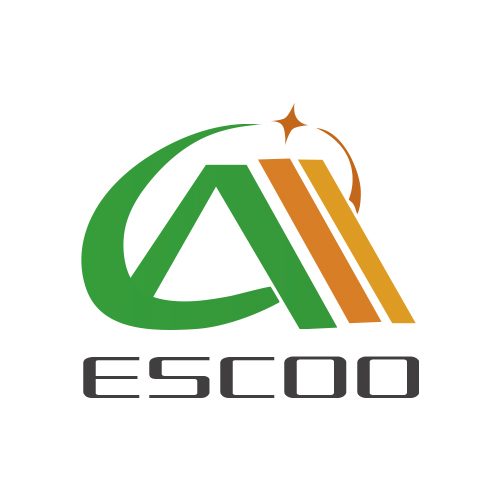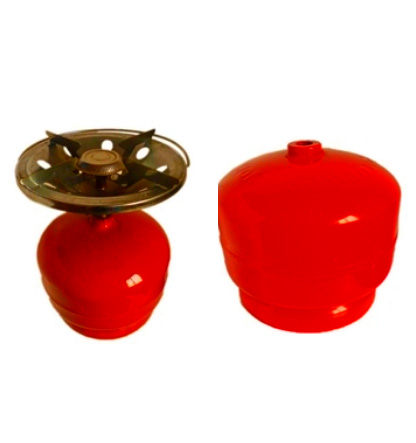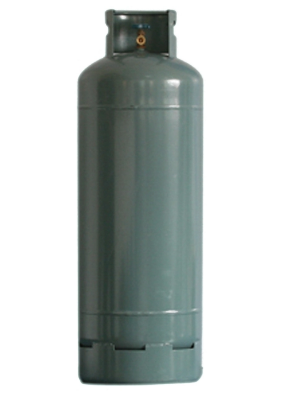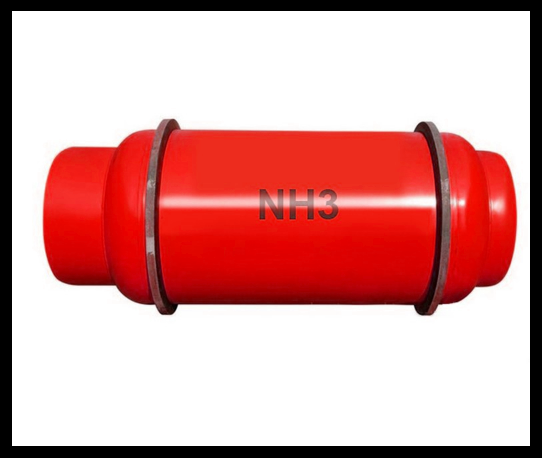
ammonia gas cylinder. 2% is valve. You can choose a variety of ammonia cylinders, ammonia cylinder suppliers, mainly located in Asia. The largest suppliers are China, India and Singapore, which supply 96%, 2% and 1% of ammonia cylinders, respectively. Ammonia cylinder products are most popular in the Middle East, Southeast Asia and South America.
price: $20 – $ 500
Minimum order quantity 1000
What is Ammonia?
Ammonia is a colorless gas. It can be compressed and cooled to a colorless liquid. Ammonia is a compound formed by the chemical combination of gaseous element nitrogen and hydrogen. Ammonia is a highly active chemical that forms ammonium salts in reactions with inorganic and organic acids. Industrial ammonia for various applications in various quantities
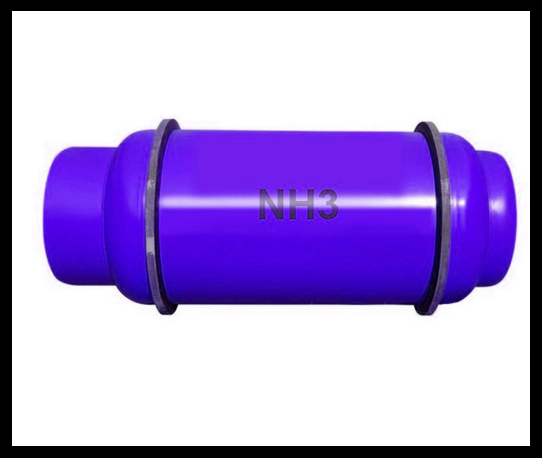
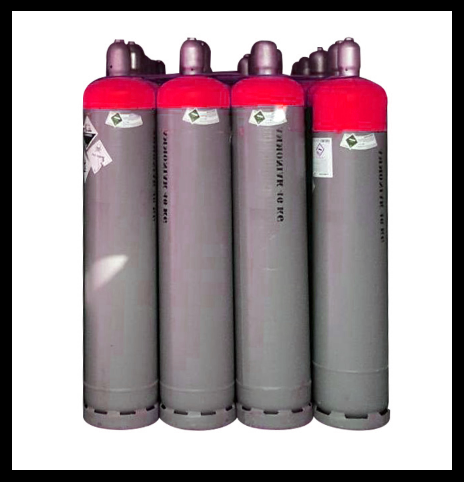
Ammonia cylinder environment
EPA Protocol Gas: Ammonia mixture made of gas. which helps to avoid illegal fines. downtime caused, by inaccurate calibration of the instrument. Liquefied Air Group’s special gas production facility is a registered. participant in the EPA Protocol Gas Verification Program (PGVP). Double analysis of the program standard, two separate analysis of each reaction component. and direct analysis according. the Institute of Metrology standards to determine its concentration. Accuracy Certificate (COA) provided for each cylinder.
Title V Ammonia Mixture: Ammonia standards. using liquefied air help to ensure compliance with federal regulations. Liquefied Air Group. the only manufacturer of special gases that provide ammonia standards. Its design meets EPA requirements method 27e. Recommended for coal-fired boilers. other fixed emission sources, ammonia standards can traced back to the Institute of
Metrology Standards (MIS). which can used for balanced gases of air or nitrogen. Conditional method 27e (wet chemical test method for certification. verification of ammonia emissions) confirms ammonia concentration. Also, Air Liquide Group participates in the EPA calibration of gases. All five of our special gas facilities. registered participants in the EPA Protocol Gas Verification Program (PGVP).
CEM Daily Standards: These gas standards are usually used in air monitoring applications.
that do not mus the use of EPA protocol gases. With the help of our proprietary manufacturing technology, zero mixing tolerance can realized. Ammonia mixtures also provide consistent (+2%) analytical accuracy for these gas mixtures. The accuracy is equal to the least accuracy need of (+2%) of the protocol gas mixture. You can use these standards to maximize daily COP performance in applications. that are unable to get or do not must (+1%) analytical accuracy.
Ammonia services
For your tank or system, pumping to ensure purity is critical for the ammonia-based process. Regular maintenance provided by us can minimize expensive maintenance requirements and reduce the risk of ammonia release. Through these services, ESCOO can provide on-site ammonia equipment maintenance faster and more economically than its internal staff.
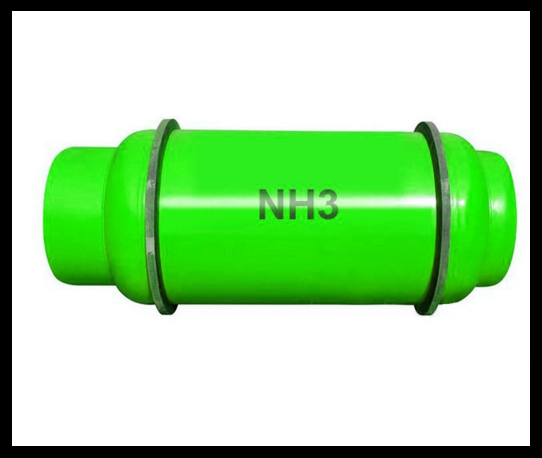
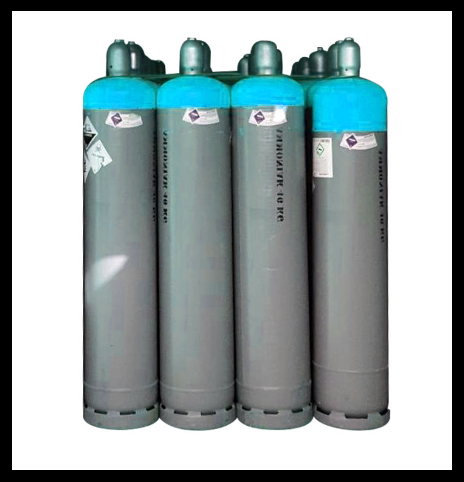
High quality ammonia of various purity grades
We provide anhydrous ammonia and ammonia water for the following applications:
- Industrial refrigeration
- Water treatment
- Heat treatment
- DeNO X
- Diesel waste liquid (DEF)
- Chemical treatment
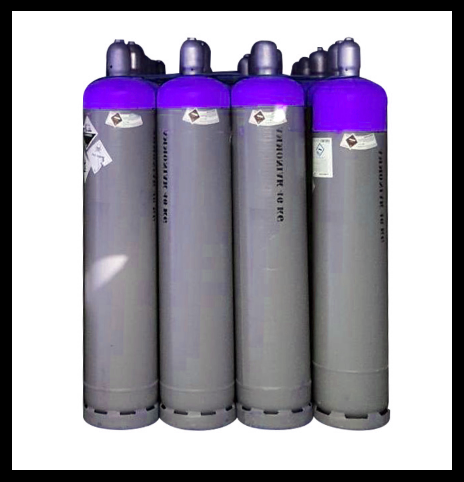
Industrial applications
Food, Beverage and Retail
Ammonia is used as an industrial refrigerant with high efficiency and environmental protection. ESCOO can prevent expensive ammonia pollution from affecting customer system efficiency, while serving customers through trucks nationwide. We provide anhydrous ammonia safety training and ammonia services, such as system evacuation or distillation, to remove pollutants without shutdown.
Government and municipalities
Chloramine (made by combining ammonia with chlorine) is used as a safer, more effective and stable alternative to chlorine in water treatment. Chloramine does not form EPA-regulated carcinogen THM (trihalomethane) and is known to improve the taste and odor of drinking water. ESCOO provides NSF-certified drinking water treatment products.
Separated metal manufacturing and manufacturing
Ammonia is used to form an atmosphere for the heat treatment of metals, such as nitriding and annealing.
Energy and Chemistry; Major Materials
Power, waste and industrial plants use ammonia for total DeNOx applications to reduce single nitrogen oxide emissions per EPA standard. ESCOO provides ammonia, ammonia equipment and expertise, providing more support than any other supplier. As an industry leader in ammonia technology, safety, regulatory issues and supply reliability, we are the only supplier of SCR ammonia in China. In addition to practical security training, we also provide customers with OSHA and EPA authorized plans, such as risk management plans and process safety management.a gas cylinder is filled with pure ammonia
Business Services Based on Fleet
Ammonia is used as a component of ESCOO diesel engine exhaust treatment fluid (DEF) to reduce nitrogen oxides (NOx) released by diesel engine exhaust system. Our DEF solution keeps the selective catalytic reduction (SCR) technology at the best level in diesel vehicles. We help customers find the best storage and delivery mode, while providing security, equipment and application support.
Food Manufacturing
Ammonia has many uses in chemical processing, ranging from bulking agents and Acidity Regulators in food manufacturing to caramel pigments in food and beverage production.
Ammonia-gas-cylinder PDF
Ammonia gas cylinder price
acetylene gas oxygen gas cylinder

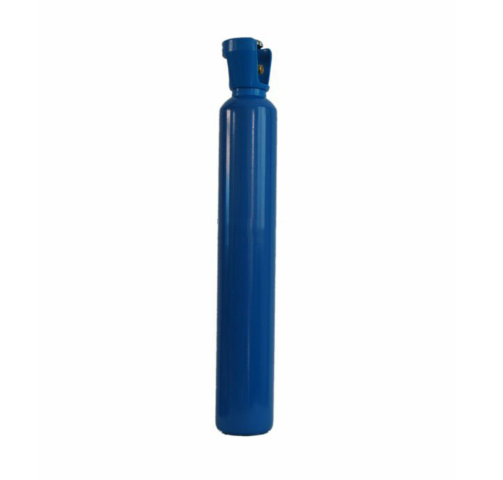
price:$60 -$600 price:$30 -$600
argon gas cylinder co2 cylinder price
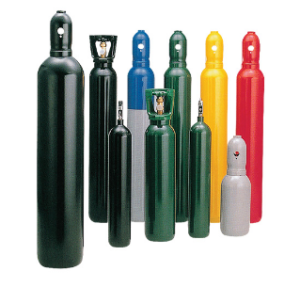
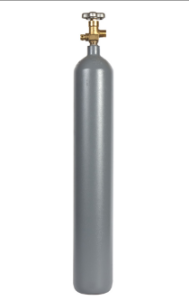
price:$30 -$600 price:$30 -$600
nitrogen gas cylinder helium gas cylinder
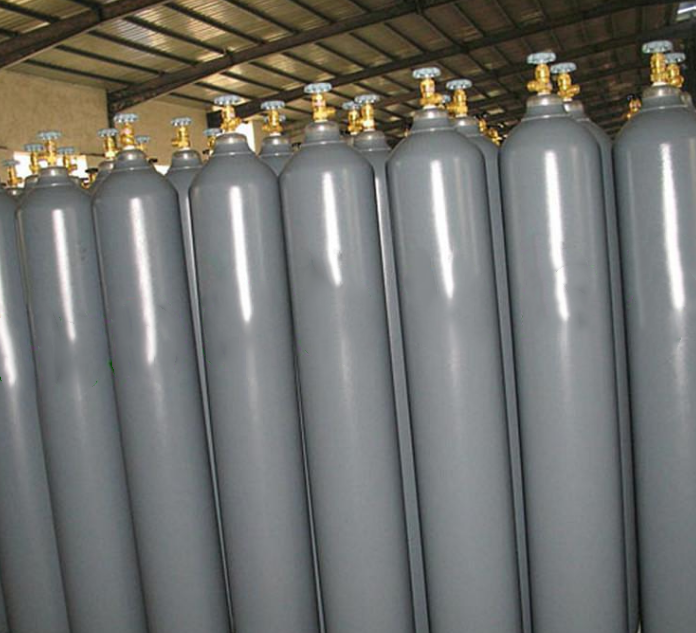
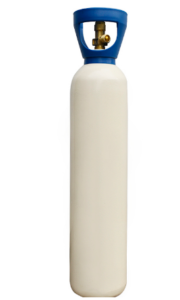
price: $20 – $550 price: $10 – $200

price: $8 – $90 price: $50 – $600
How do you dispose of ammonia gas?
- Turn on a water faucet. You need to mix the ammonia with plenty of water, as it’s concentrated.
- Pour the ammonia into the stream of water. Slowly pour out the ammonia so that there is more water than ammonia going down the sink.
- Rinse your sink after disposing the ammonia.
- Use caution if you have a septic system.
How does an ammonia vaporizer work?
Vaporization occurs when liquid ammonia evaporates and replaces vapor which is removed from the top of the tank. A vaporizer, if the heat requirement from the air surrounding the tank is insufficient or the wall through the tank is fast enough to maintain the vaporization rate can not flow.
Ammonia gas cylinder explosion
The safety warning issued in March 2011 following two explosions of ammonia cylinders at the ammonia filling and bottling plant in Malacca. The plant has been in operation for more than 20 years. Ammonia raw materials from suppliers will first stored in large storage tanks with capacity of 500 tons and 900 tons, waiting for transfer or loading into ammonia cylinders. The capacity of these cylinders is 60 kg, 68 kg and 500 kg, . Most of these cylinders are more than 20 years old.
At about 5:45 p.m. on the day of the incident, a cylinder filled with ammonia gas and stored in a horizontal position on the ground exploded . The first explosion caused the stored cylinders to roll and scatter around the area (Fig. 1). Other effects of the explosion are as follows:-One ammonia cylinder thrown off and landed in another factory yard opposite and not far from the site.Part of the cylinder head that exploded from another cylinder flew to a lubricating oil factory and hit a lubricating oil pipeline system, causing minor damage to the pipeline insulator.A cylinder thrown off and damaged the surau roof next to the factory office building.A cylinder thrown out and landed at a gas station in the factory area.
At about 7:15 p.m., an ammonia cylinder that had before been thrown into the filling station exploded. The second explosion caused serious damage to the roof of the gas station, and an adjacent cylinder was thrown out and dropped into the storage room, causing serious damage to the roof and ceiling of the storage room. It was found that the explosive ammonia cylinder was torn in the shell part., there were no injuries or deaths. Rescue teams arrived at the scene and stabilized the explosion area.Preliminary investigation shows that the explosion may be caused by the increase of ammonia pressure (internal pressure) in outdoor storage cylinders and some defects on ammonia cylinders.
ammonia gas cylinder safety
- It fully meets the requirements of anhydrous ammonia SDS, especially in the process of bottling, storage, treatment and transportation.
- Regular inspection and testing of cylinders in accordance with accepted specifications or standards.
- Comprehensive maintenance plan for ammonia cylinders.
- Cylinders can be stored on outdoor and ground supports to prevent corrosion. In cases where extreme temperatures are common, cylinders should be stored to protect them from direct sunlight.
- Complete and empty cylinders should be stored separately and identified by signs to prevent confusion.
- Cylinders should be stored in well-ventilated areas, away from flame, spark or any heat or ignition source. At the same time, keep the cylinder away from any circuit that may cause spark action.
- Cylinders should not be exposed to open fire or at any temperature above 52 degrees C.
- Cylinders should not be rolled, used as supports or for any other purpose other than storage and gas.
- Ammonia cylinders should always be stored or placed vertically and firmly fixed to prevent them from falling, overturning and overturning. Use appropriate cages and trolleys to lift or carry cylinders. Do not roll, drag, pull or slide the cylinder.
- Workers should be trained, given written instructions and information on safety procedures and handling methods of ammonia cylinders, and closely monitored by their supervisors.
You may like:
